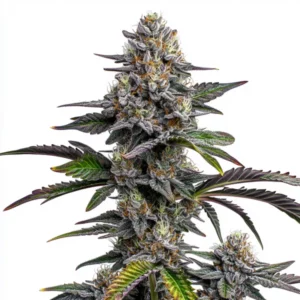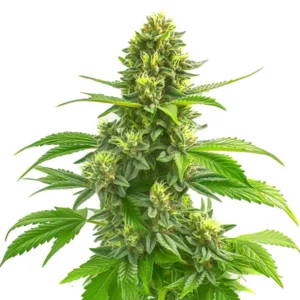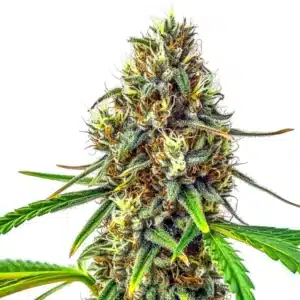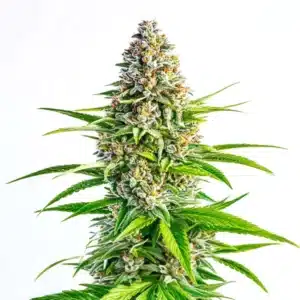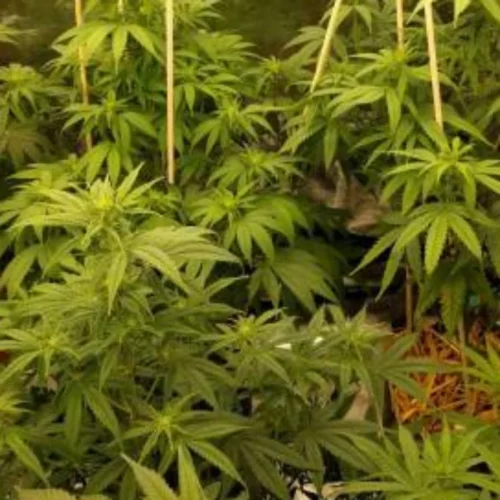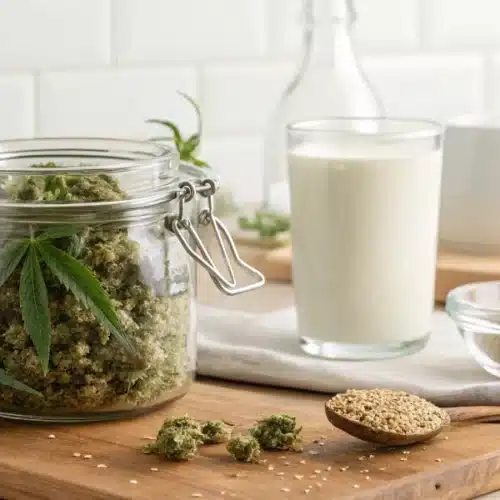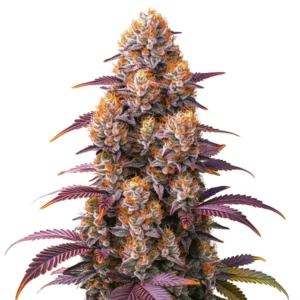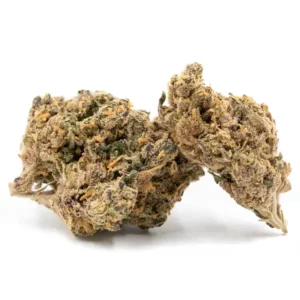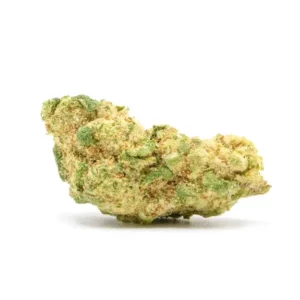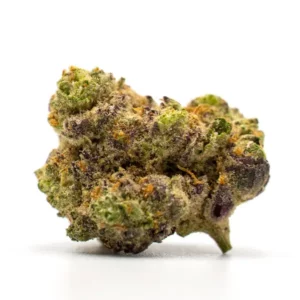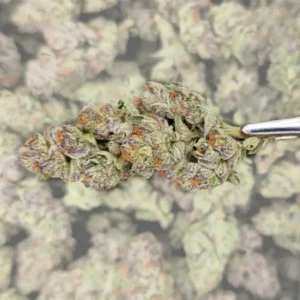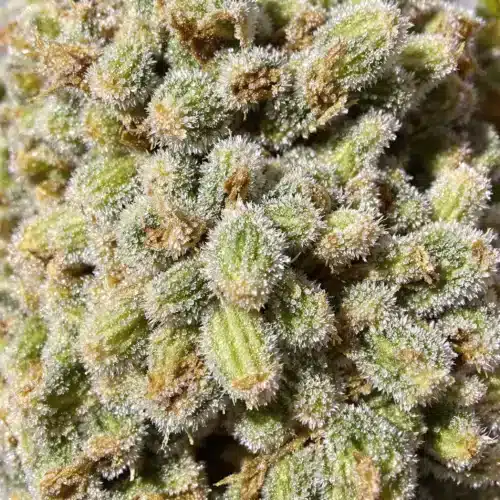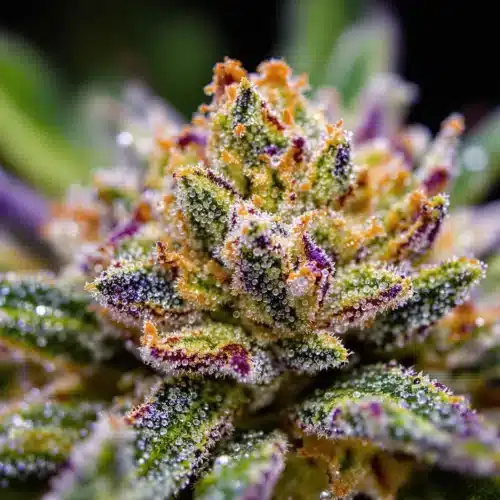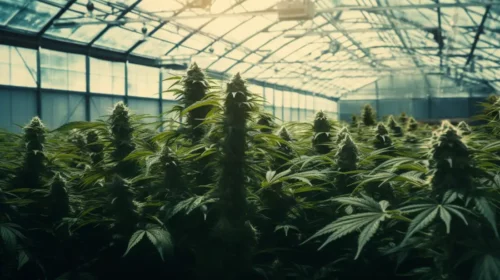When discussing cannabis products, particularly those aimed at medicinal or recreational use, THCA (tetrahydrocannabinolic acid) often takes center stage. But what exactly constitutes a “high THCA percentage,” and why does it matter? This article breaks down the essentials of THCA percentages, their significance, and what to consider when choosing cannabis strains with elevated levels of THCA.
What is THCA?
THCA is the acidic precursor to THC (tetrahydrocannabinol), the psychoactive compound responsible for the “high” associated with cannabis. Unlike THC, THCA itself is non-psychoactive. However, when exposed to heat through decarboxylation, THCA transforms into THC, enabling its psychoactive properties. This transformation occurs during processes such as smoking, vaporizing, or cooking cannabis.
Consuming raw cannabis rich in THCA, often through juices or smoothies, can offer therapeutic benefits without the psychoactive effects. This makes THCA an ideal choice for those looking for medical relief without altering their mental state.
Benefits of High THCA Content
High THCA content in cannabis is gaining recognition for its health-related potential. Studies suggest that THCA might reduce inflammation, alleviate pain, and combat nausea, making it a valuable option for patients with chronic conditions. Furthermore, it has shown neuroprotective properties, suggesting potential benefits for neurodegenerative diseases.
For medical users, high-THCA strains present a versatile solution, offering therapeutic relief in their raw form or transforming into THC for enhanced effects when activated.
Promos & Deals
What is Considered a High THCA Percentage?
Typical THCA Levels in Cannabis Strains
Cannabis strains typically contain THCA levels ranging from 10% to 20%. However, some strains are bred to produce exceptionally high levels, exceeding 25% or even reaching the 30% threshold. These percentages classify strains as follows:
- Low THCA Content: 0%–10% (suitable for mild effects or beginners).
- Moderate THCA Content: 10%–20% (found in most commercially available strains).
- High THCA Content: 20%–30%+ (associated with premium strains and intense effects).
Strains with over 30% THCA are rare, often resulting from specific genetics and precise cultivation techniques.
Factors Influencing THCA Levels
Achieving high THCA percentages depends on several key factors:
- Genetics: Strains like Blackberry Moonrocks Autoflower are naturally predisposed to high THCA levels, ranging between 26% and 33%.
- Growing Conditions: Light intensity, humidity, and temperature directly affect cannabinoid synthesis. Controlled environments are crucial.
- Harvesting and Curing: Proper timing during harvest and careful curing preserve the plant’s THCA content.
- Testing Standards: Accurate laboratory testing ensures the reported THCA percentage is reliable.
By focusing on these elements, growers can maximize THCA content while maintaining overall quality.
Popular High-THCA Strains
Notable High-THCA Strains
Certain strains have become synonymous with high THCA content. These options stand out for their potency and effects:
- Blackberry Moonrocks Autoflower: A standout autoflowering strain with THCA levels between 26% and 33%. Known for its deeply relaxing and euphoric effects, it offers flavors of berry and blueberry.
- Apple Fritter Autoflower: Exhibits THCA levels of 22%–25%. This strain combines earthy and sweet flavors with creative, euphoric effects, making it popular among recreational users.
- Cherry Pie Autoflower: With THCA percentages of 21%–25%, this strain delivers uplifting and energetic effects, paired with delightful berry and earthy flavors.
These strains highlight the potential for high-THCA content across different genetic profiles and growing styles.
High-THCA Autoflowering Options
Autoflowering strains offer convenience and potency, making them a favorite for growers of all experience levels. Examples include:
- AK 47 Autoflower: THCA levels range from 17% to 21%, offering a balanced experience with piney and pungent flavors.
- Blueberry Autoflower: Known for its sweet berry flavors, this strain has THCA levels of 17%–23%, providing happy and relaxed effects.
Autoflowering strains ensure high-quality results even in shorter grow cycles, appealing to both novice and seasoned cultivators.
How to Measure THCA Percentages
Importance of Lab Testing
Measuring THCA accurately requires laboratory testing, as visual inspection or user experience cannot reliably determine cannabinoid levels. Testing involves:
- Cannabinoid Profiling: Comprehensive analysis identifies the plant’s full spectrum of cannabinoids.
- High-Performance Liquid Chromatography (HPLC): This method avoids decarboxylation, preserving the raw THCA for precise measurement.
Lab testing not only verifies the strain’s potency but also assures consumers of its safety and quality.
Interpreting THCA Results
When reviewing lab reports, consider the following:
- Total Cannabinoid Content: Includes all cannabinoids present in the strain.
- THCA vs. THC Levels: High-THCA strains will show minimal THC until activated through heat, ensuring non-psychoactive properties in raw form.
These metrics allow consumers to select strains tailored to their preferences and needs.

Why Choose High-THCA Strains?
Medicinal Applications
High-THCA strains are highly valued for their therapeutic potential. They are often used to treat conditions such as:
- Chronic pain
- Inflammation
- Muscle spasms
- Nausea and loss of appetite
For patients seeking relief without psychoactive effects, consuming raw cannabis or tinctures rich in THCA provides an effective solution. Unlike THC, THCA allows users to experience therapeutic benefits while remaining fully functional, making it a preferred choice for individuals managing symptoms during daily activities. This is particularly useful for patients who cannot afford to experience any impairment, such as those operating machinery or working in high-responsibility roles.
Moreover, THCA’s anti-inflammatory properties make it an excellent option for managing autoimmune disorders such as lupus or Crohn’s disease. Its ability to reduce swelling and pain without triggering psychoactive effects offers a targeted solution for individuals dealing with chronic conditions. Combined with its potential neuroprotective qualities, THCA is emerging as a versatile cannabinoid for addressing complex medical needs.
Recreational Appeal
Recreational users favor high-THCA strains for their potency and versatility. Once decarboxylated, these strains offer intense psychoactive effects, ideal for seasoned users looking for a robust experience. The transformation from THCA to THC results in a concentrated and long-lasting effect, making high-THCA strains a favorite among users seeking a heightened experience.
These strains also pair well with other cannabis products, such as concentrates or edibles, allowing users to customize their experience. For example, strains like Blackberry Moonrocks Autoflower or Apple Fritter Autoflower deliver powerful highs that are both euphoric and relaxing, depending on the setting and method of consumption. This versatility ensures high-THCA strains remain popular among recreational enthusiasts.
Additionally, high-THCA strains often feature unique terpene profiles that enhance their flavor and aroma, adding another layer of enjoyment for connoisseurs. The combination of potency, sensory appeal, and customization makes high-THCA strains a cornerstone of the recreational cannabis market.
Cultivating High-THCA Strains
Choose Superior Genetics
Strains like Blackberry Moonrocks Autoflower and Cherry Pie Autoflower have a proven track record for delivering exceptional potency and high THCA content. Genetics play a fundamental role in determining cannabinoid production, so selecting seeds from reputable breeders ensures a solid foundation. These strains have been specifically cultivated to maximize resin production and THCA levels, making them ideal for growers seeking premium results. Additionally, these strains are resilient and adaptable, which helps maintain potency even in less-than-perfect growing conditions.
Investing in high-quality seeds is the first step toward achieving superior outcomes. Growers should prioritize strains with a documented history of producing high cannabinoid content. By starting with proven genetics, the potential for successful harvests increases dramatically, reducing the risk of subpar crops and wasted effort.
Optimize Environmental Factors
Maintaining proper light cycles, nutrient levels, and temperature is essential for encouraging cannabinoid synthesis. High-intensity lighting during the flowering stage helps stimulate trichome development, where THCA is concentrated. Similarly, stable humidity levels prevent stress on the plants, allowing them to focus on producing cannabinoids and terpenes rather than adapting to fluctuating conditions.
In addition to lighting, soil health and nutrient balance are critical. Cannabis plants require a mix of macronutrients (nitrogen, phosphorus, and potassium) and micronutrients to thrive. Regular monitoring of pH levels in the soil or hydroponic system ensures the roots can absorb these nutrients efficiently. Together, these factors create an environment where cannabis plants can produce the highest possible THCA levels.
Harvest at Peak Maturity
Harvest timing is crucial to preserving maximum THCA content. Cannabinoid production peaks when the plant is fully mature, indicated by trichomes shifting from clear to a milky or amber color. Using a magnifying glass or microscope to examine the trichomes helps growers determine the optimal harvest window. Cutting plants too early can result in reduced potency, while waiting too long risks cannabinoid degradation.
After harvesting, curing is equally important. Proper curing techniques, including storing buds in airtight containers at controlled humidity levels, prevent the degradation of THCA and other cannabinoids. This post-harvest process ensures the final product retains its potency, flavor, and aroma, offering the best possible results for consumers.
Adhering to these practices guarantees a productive and potent harvest. By focusing on genetics, environmental conditions, and proper timing, growers can consistently achieve high-quality yields.
The Importance of spray Terpenes
High-THCA strains often feature complementary terpene profiles that enhance their effects and flavors. These aromatic compounds interact with cannabinoids like THCA to produce what is often referred to as the “entourage effect,” amplifying the therapeutic and recreational benefits of cannabis.
Blackberry Moonrocks Autoflower, for example, is rich in berry-like terpenes such as myrcene and limonene, which contribute to its relaxing and euphoric effects. These terpenes not only enhance the strain’s flavor profile but also interact with THCA to boost its calming properties, making it a favorite for stress relief and relaxation.
Similarly, Apple Fritter Autoflower contains earthy and fruity terpenes like caryophyllene and pinene, which provide a balanced experience that combines uplifting effects with deep relaxation. The terpene composition of this strain complements its high THCA content, resulting in a well-rounded effect profile that appeals to both recreational and medicinal users.
Pairing high THCA with robust terpenes delivers an enriched cannabis experience. Whether the goal is therapeutic relief or recreational enjoyment, the synergy between cannabinoids and terpenes ensures a more potent and flavorful product. For growers and consumers alike, understanding and prioritizing terpene profiles is key to maximizing the value of high-THCA strains.
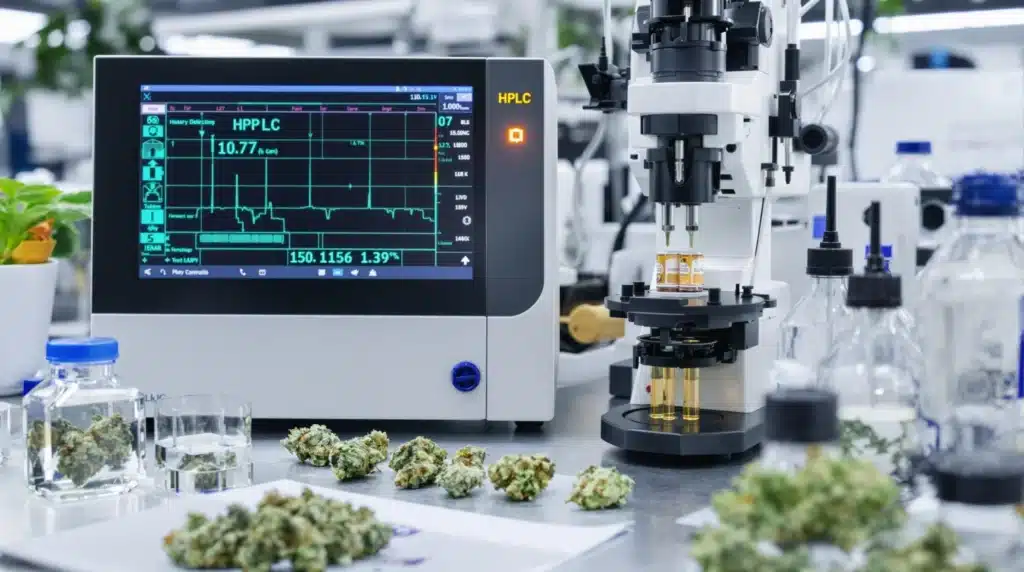
FAQs about High THCA Percentages
What is the difference between THCA and THC?
THCA is the acidic precursor to THC. It is non-psychoactive in its raw form and converts to THC when exposed to heat. THC is responsible for the psychoactive effects of cannabis, whereas THCA is often used for its therapeutic benefits, such as reducing inflammation and relieving pain.
Are high-THCA strains legal?
The legality of high-THCA strains varies by region. In some areas, products with high THCA levels are permitted if they remain non-psychoactive (raw cannabis). However, once converted to THC, the laws governing recreational or medical use apply.
How can I ensure my cannabis strain has high THCA?
Start with seeds from trusted breeders known for high-THCA genetics, like Blackberry Moonrocks Autoflower. Provide optimal growing conditions, including sufficient light, temperature, and nutrients, and use professional lab testing to confirm THCA levels.
Can I consume raw cannabis with high THCA?
Yes, raw cannabis can be consumed in juices, salads, or smoothies. This preserves THCA’s properties, making it ideal for individuals seeking non-psychoactive health benefits, such as reducing inflammation or combating nausea.

